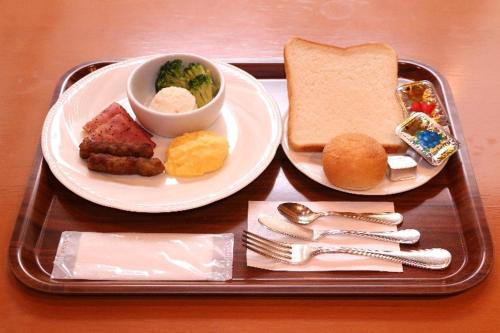Former Hananoi Residence
menuMenu
A precious thatched-roof farmhouse offering a glimpse into Edo-period life.




Highlights
- A precious Edo-period farmhouse
- Designated as an Important Cultural Property of Japan
- Beautiful thatched roof
- Experience the lifestyle of the time with its earthen floor and *irori* (sunken hearth)
- Located near Shimizu Park
Basic Information
- Address
- 902 Shimizu, Noda City, Chiba Prefecture Search for tourist attractions in Chiba
- Access
- 10-minute walk from Shimizu Park Station on the Tobu Noda Line. Show route
- Op.Hours
- 9:00 AM - 4:00 PM
- Cld.Days
- Mondays & Tuesdays (closed the following day if a holiday falls on a Monday or Tuesday), Year-end and New Year holidays
- Fee
- Admission Fee: Free
- INFO
- Closed Mondays through Wednesdays (open on holidays), Year-end and New Year holidays. Admission is free.
Overview
Recommended nearby attractions
Old Tanaka Family Residence

A historic building that graces Kawagoe's cityscape. A precious place to experience the life of the Edo period.
Kawasaki City Japanese Folk House Garden

An open-air museum featuring a precious collection of old houses offering a glimpse into Edo-period life.
Former Hida Residence

A precious example of a *magariya* style farmhouse that preserves the essence of Edo-period life.
Former Asakura Residence

Escape the urban hustle and bustle and step into a world of tranquility. Enjoy a leisurely stroll through a beautiful Japanese-style garden and a building that retains the atmosphere of the Taisho era.
Kyū Horita-tei (Sakura Garden)

Experience the history and beauty of a former daimyo mansion built in the Meiji era, preserving the grandeur of a bygone age.
Former Kawahara Family Residence, Sakura Samurai Residence

The former Kawahara family residence offers a glimpse into the lives of samurai during the Edo period. Experience their lifestyle and culture firsthand.
Kyū Buke-ke Jūtaku (Former Buke Family Residence)

This is the smallest of the Sakura samurai residences, offering a rare glimpse into the lives of lower-ranking samurai.
Former Inaba-Ikkeda Clan Residence Main Gate

See a magnificent Edo-era gate up close!
Edo Castle Ruins

A place where you can feel the history, with stone walls and moats reminiscent of the Edo period's grandeur.
Kyū Tajima-ke Residence (Former Tajima Family Residence)

A precious old folk house that preserves the life of the Edo period. Catch a glimpse of the lifestyle of that era.
Nearby Hotels
Hotel Route Inn Noda - Kokudo 16 Gouzoi -

Business Hotel Noda

HOTEL R9 The Yard Noda

HOTEL GALAXY POD

Yamaya Shinkan

Toyoko Inn Kasukabe-eki Nishi-guchi

HOTEL GLANY’s KOSHIGAYA

Hotel Sun Clover Koshigaya Ekimae

Hotel Sun Clover Koshigaya Eki mae

